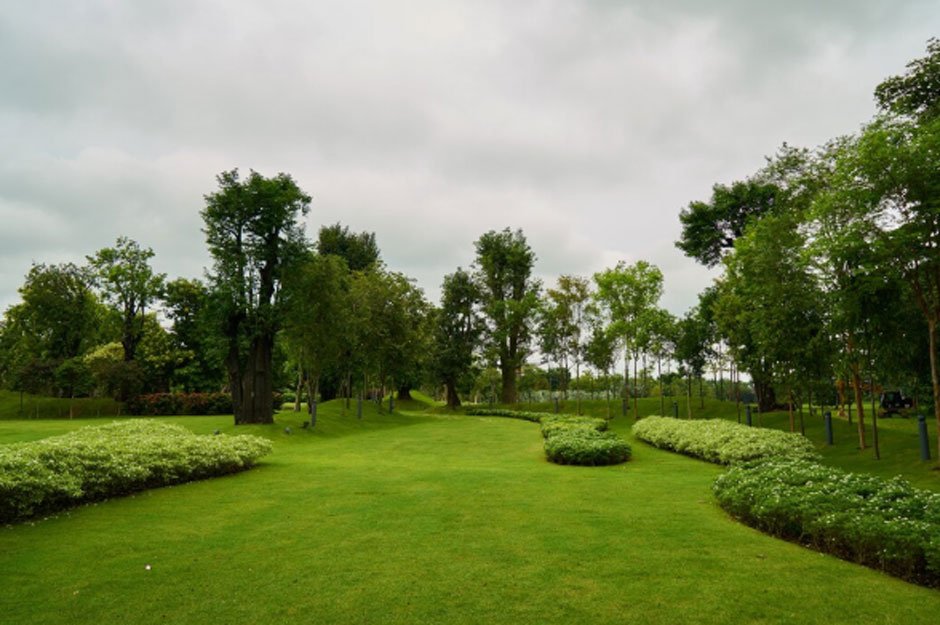 Introduction
Introduction
Everyone dreams of a garden that looks vibrant, green, and welcoming all year round. However, keeping it that way requires more than just occasional watering. It’s about balancing a mix of healthy soil, smart plant choices, good watering habits, and a bit of regular TLC. Think of your garden as a living system that needs food, water, and care, just like us.
Before diving in, let’s outline some easy, time-saving methods so you can keep your garden fresh and lush without feeling overwhelmed.
Understanding the Basics of Garden Care
Why consistency matters
A thriving garden doesn’t come from just one grand effort. True success results from small, steady actions. When you do a quick check every few days by hedge trimming here and watering there, you can prevent bigger problems later.
Balancing effort and results
Not all plants require the same amount of care. While some are low-maintenance, others can be demanding divas that require constant attention. The key is in striking the right balance, so your garden remains lush, and your weekends stay free.
The Importance of Soil Health
Checking soil type and structure
Soil is the foundation of everything. Sandy soil drains quickly but dries rapidly, while clay soil retains water but can suffocate roots. Loamy soil, the ideal mix, provides plants with the best start. Perform a simple squeeze test in your hand to determine the type you have.
Improving soil with organic matter
Adding compost, manure, or worm castings enriches the soil and boosts microbial activity. Healthy soil retains moisture more effectively and naturally nourishes your plants, keeping them strong and vibrant.
Choosing the Right Plants for Your Climate
Native plants vs. exotic choices
Native plants often thrive with less effort because they’re already suited to the local environment. Exotic plants can be stunning, but they may require extra water or protection. Mixing the two gives you a garden that’s hardy yet eye-catching.
Matching plants to sunlight and shade
Plants can be particular about light. Some bask in full sun, while others sulk if they lack shade. By observing your yard throughout the day and matching plants to their specific conditions, you make it much easier to keep them healthy and happy.
Effective Watering Techniques
Best times of day to water
Morning is the gold standard. It gives plants time to absorb moisture before the sun heats up. Evening watering can also work, but avoid wetting leaves overnight, as this can invite fungal problems.
Using irrigation and drip systems
A drip system saves time and water by delivering moisture straight to the roots. It’s a wise investment if you want a lush garden without having to spend time watering with a hose.
Pruning and Maintenance Practices
Encouraging growth with trimming
Pruning isn’t just about cutting things back; it’s about shaping plants so they grow stronger. Regular trims encourage bushy growth and increase the number of flowers.
Removing dead or diseased parts
Remove dead branches, yellow leaves, or anything diseased promptly. It keeps plants healthy and stops problems spreading. Think of it like giving your garden a haircut and a health check all in one.
The Role of Fertilisers and Nutrients
Organic vs. synthetic fertilisers
Organic fertilisers, such as seaweed extract or blood and bone, feed plants gradually while improving soil health. Synthetic fertilisers act more quickly, but may not always benefit the soil in the long term. Mixing both can give balance.
When and how often to feed plants
Feed most plants during their growing season, usually spring and summer. Follow instructions carefully; using too much fertiliser can burn roots and weaken plants.
Pest Control: Natural vs. Chemical Methods
Companion planting for natural defence
Planting basil near tomatoes or marigolds near roses isn’t just aesthetically pleasing; it’s also a natural form of pest control. Some plants repel insects, while others attract beneficial ones, such as ladybirds, which eat aphids.
Safe use of sprays and treatments
Sometimes pests get out of hand. If you must spray, use eco-friendly options first. Chemical sprays should always be a last resort and used according to the directions closely.
Seasonal Tips for Garden Care
Summer watering and shading
Hot summers can stress plants. Deep watering and temporary shade cloths help prevent wilting.
Autumn clean-up and mulching
Autumn is the time to clear fallen leaves, tidy beds, and lay down fresh mulch to prepare for winter.
Winter protection for delicate plants
Some plants hate frost. Use covers or move pots to sheltered spots to keep them safe.
Spring brings prime conditions for planting and feeding. With fresh energy after winter, plants grow fast and reward you with flowers and greenery.
Incorporating Mulch for Moisture Retention
Types of mulch to use
Organic mulches, such as bark chips, straw, and sugarcane mulch, enrich the soil as they break down. Inorganic options, such as pebbles, look neat and reduce evaporation.
Applying mulch effectively. Spread mulch five to seven centimetres thick. Don’t pile it against stems or trunks, as that can cause rot. Keep mulch even, and top it up as it thins over time.
Conclusion
A lush, fresh garden doesn’t happen overnight. It’s the result of small, regular habits: healthy soil, the right plants, smart watering, seasonal care, and a touch of pruning. Add mulch, feed your plants when they need it, and use natural methods to keep pests at bay.
Think of your garden as a partnership. You give it care, and in return, it rewards you with beauty, shade, colour, and calm. Stick with these tips, and you’ll enjoy a garden that looks stunning year-round. The best part? You’ll actually have time to sit back and enjoy it.





Leave a Reply